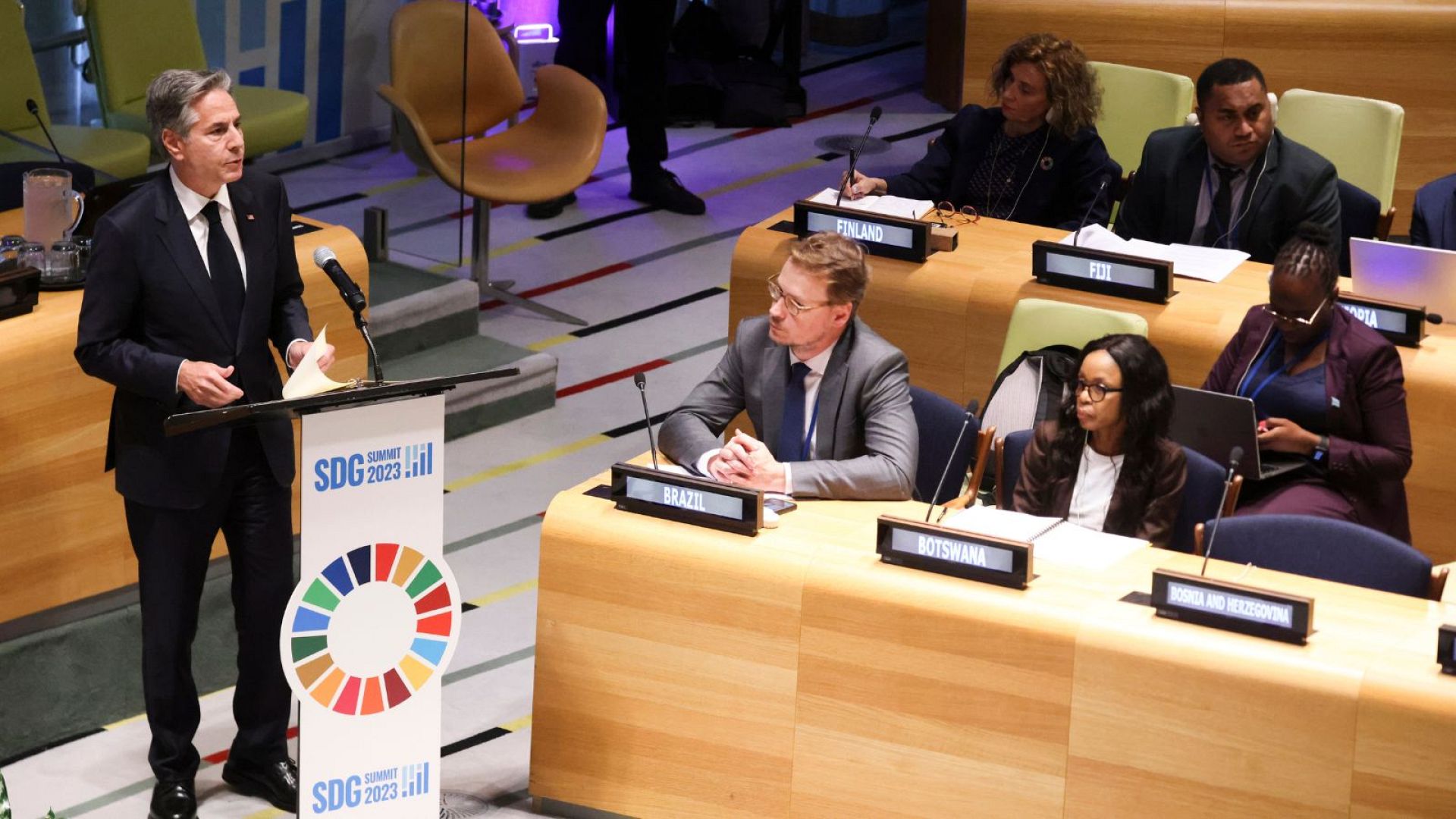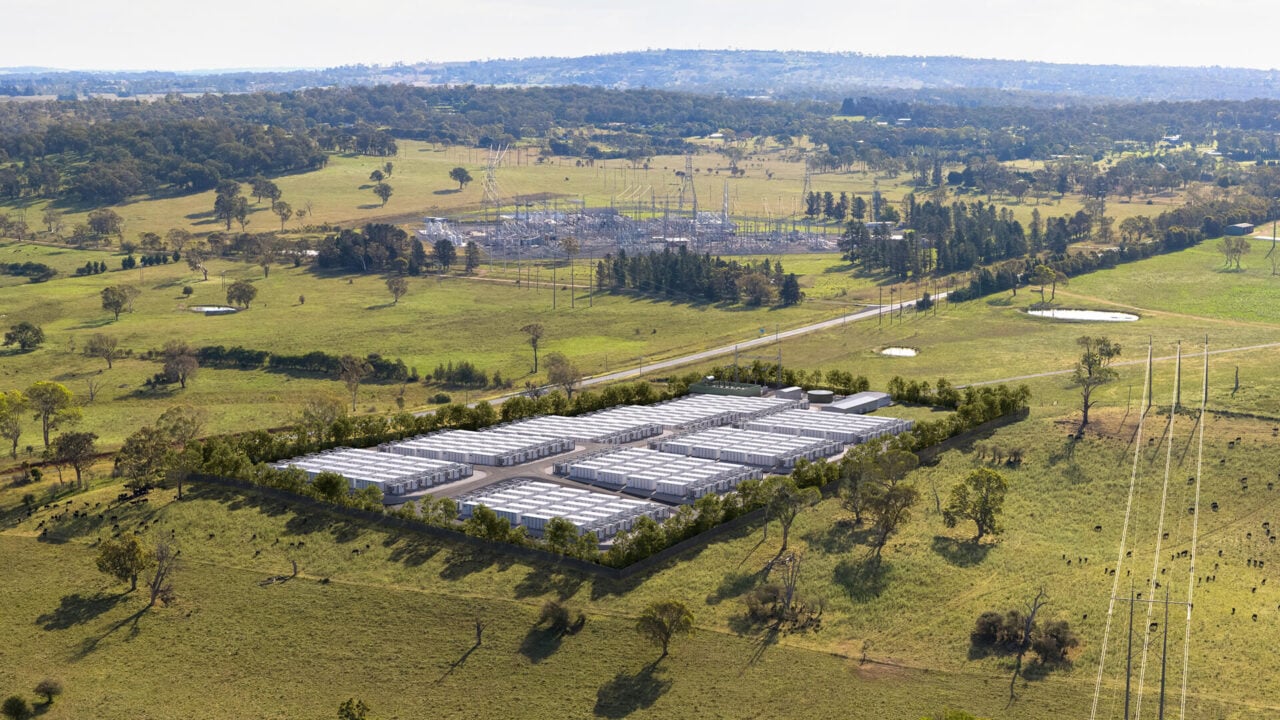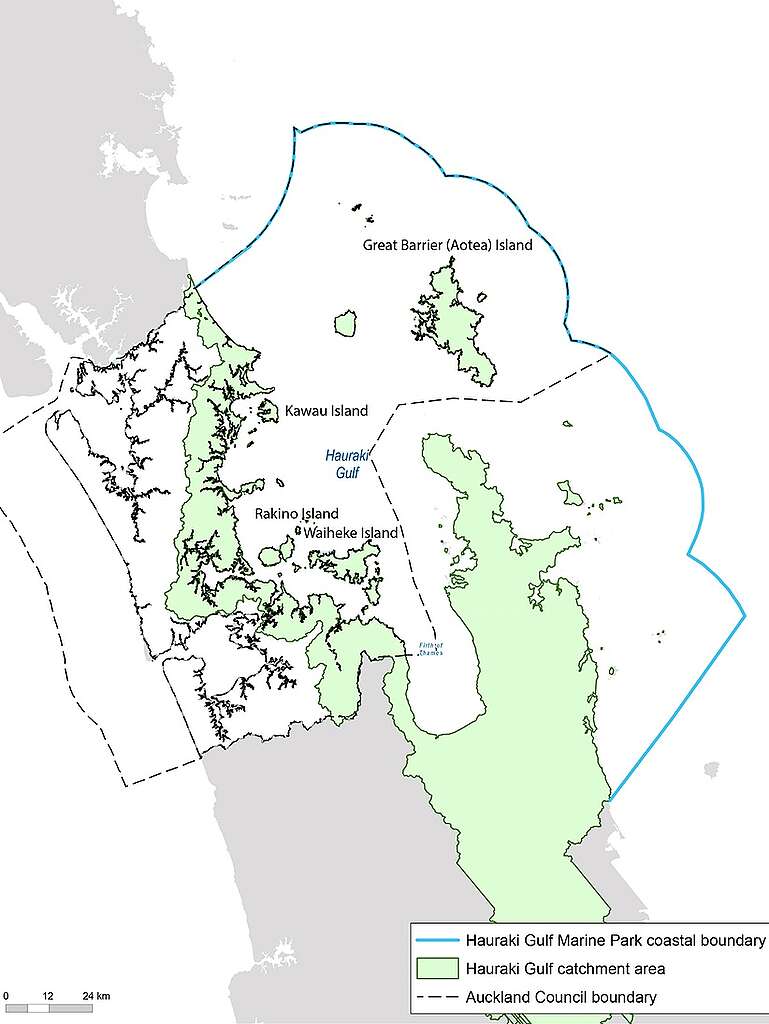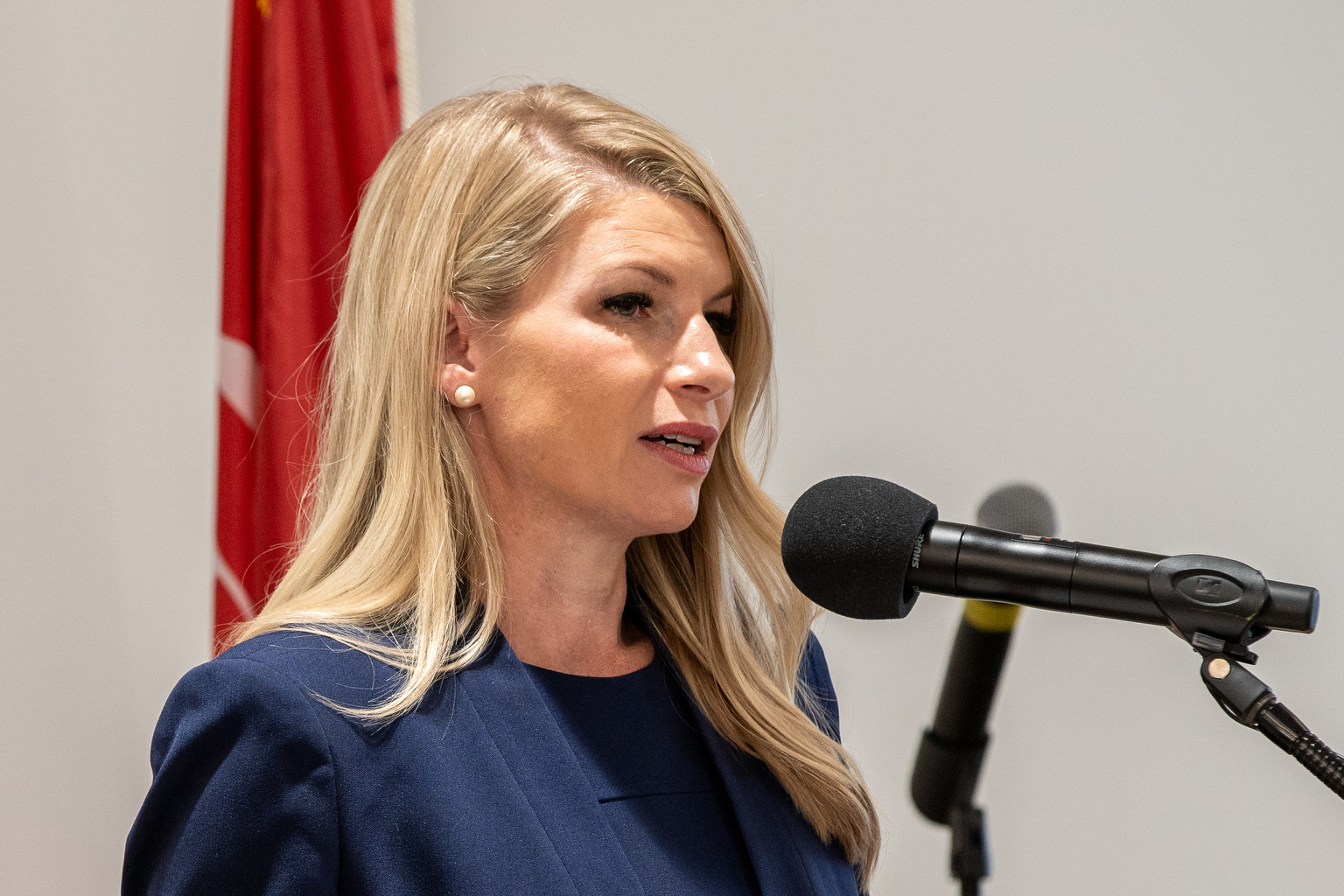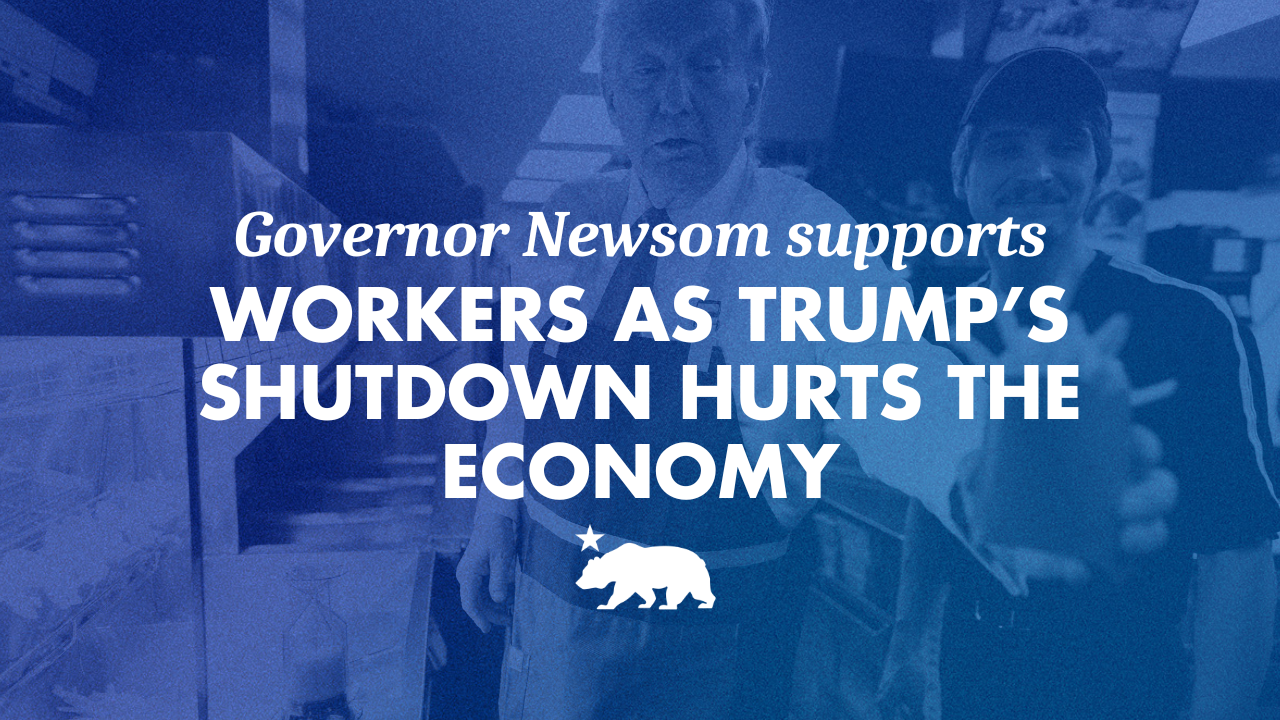Trump’s tariffs could soon bring higher food prices for some Americans, analysis finds – CNBC

Economic Policy and Sustainable Development: An Analysis of Proposed Tariffs
Introduction: Trade Policy and its Intersection with Global Goals
A proposed implementation of blanket tariffs is projected to have significant economic repercussions, particularly on food prices. This policy’s impact extends beyond national economics, posing considerable challenges to the achievement of several United Nations Sustainable Development Goals (SDGs). This report analyzes the potential effects of the tariffs on food affordability and security, framing the issue within the context of SDG 1 (No Poverty), SDG 2 (Zero Hunger), SDG 10 (Reduced Inequalities), and SDG 17 (Partnerships for the Goals).
Analysis of Tariff Impacts on Food Security and Affordability
Projected Increases in Consumer Costs
Economic analyses indicate that the imposition of new tariffs will directly translate to higher costs for consumers, undermining progress toward SDG 2 (Zero Hunger) by making essential food items less affordable. Key findings include:
- An analysis by The Budget Lab at Yale estimates an immediate 3.4% increase in food costs, stabilizing at 2.9% higher in the long term.
- Prices for fresh produce are forecast to see a particularly sharp initial rise of 6.9%.
- Experts from the Tax Foundation note that with U.S. food imports totaling approximately $221 billion in 2024, new levies could push tariffs on some products beyond the existing 10% to 30% range.
Impact on Key Imported Goods and Supply Chains
The tariffs target numerous imported goods that are integral to the U.S. food supply but have limited or no domestic production. This disruption to global trade partnerships directly conflicts with the principles of SDG 17 (Partnerships for the Goals). The top five imported food categories most affected by volume represent 21% of total U.S. food imports:
- Liqueurs and spirits
- Baked goods
- Coffee
- Fish
- Beer
Items such as Brazilian coffee and bananas lack sufficient domestic production to meet consumer demand, meaning consumers will likely face higher prices rather than switch to domestic alternatives. This dynamic places a disproportionate burden on household budgets.
Alignment with Sustainable Development Goals (SDGs)
Challenges to SDG 1 (No Poverty) and SDG 10 (Reduced Inequalities)
Rising food prices disproportionately affect low-income households, which spend a larger percentage of their income on groceries. This exacerbates economic disparities and threatens progress on SDG 1 (No Poverty) and SDG 10 (Reduced Inequalities). The increased cost of living can push vulnerable families closer to the poverty line, widening the gap between different socioeconomic groups.
Implications for SDG 2 (Zero Hunger)
Food affordability is a cornerstone of food security. The projected price hikes on staple goods and fresh produce directly challenge the core mission of SDG 2 (Zero Hunger). When basic food items become more expensive, access to sufficient and nutritious food is compromised, particularly for the most vulnerable populations.
Conflicting Perspectives and Economic Outlook
Government Position
The administration maintains that the economic burden of tariffs will be absorbed by foreign exporters. A White House analysis pointed to a decrease in the price index for imported goods from December through May as evidence that the policy will not negatively impact domestic consumers.
Expert Economic Analysis
Conversely, economists argue that the full impact of the proposed tariffs has not yet materialized. They caution that significant price movements are likely if the tariffs are implemented as scheduled. The consensus among independent analysts is that U.S. companies and, ultimately, consumers will bear the cost of these trade taxes, presenting a direct obstacle to achieving sustainable and equitable economic outcomes as outlined in the SDGs.
SDGs Addressed in the Article
-
SDG 2: Zero Hunger
The article directly addresses the potential for rising food prices due to tariffs. This connects to SDG 2 because increased costs for essential food items like produce, coffee, and baked goods can threaten food security and access to nutritious food for all, particularly for lower-income households.
-
SDG 10: Reduced Inequalities
The issue of rising food prices is linked to SDG 10 as it disproportionately affects the most vulnerable populations. An increase in the cost of basic groceries, as the article highlights, means that low-income families will face greater financial strain, thereby widening the inequality gap.
-
SDG 17: Partnerships for the Goals
The article discusses the implementation of “blanket tariffs” on imported goods from various foreign nations. This unilateral trade policy impacts global trade relationships and works against the principles of a “universal, rules-based, open, non-discriminatory, and equitable multilateral trading system” that SDG 17 promotes.
Specific SDG Targets Identified
-
Target 2.c: Adopt measures to ensure the proper functioning of food commodity markets and their derivatives and facilitate timely access to market information, including on food reserves, in order to help limit extreme food price volatility.
The article discusses how tariffs, a government-imposed measure, are expected to cause “large movements in prices” and significant food cost increases. This directly relates to Target 2.c, as the policy described is projected to create, rather than limit, extreme food price volatility.
-
Target 10.a: Implement the principle of special and differential treatment for developing countries, in accordance with World Trade Organization agreements.
The article mentions that tariffs would apply to goods like “Brazilian coffee,” which are not produced domestically in the U.S. Imposing “blanket tariffs” without distinction between developed and developing nations goes against the principle of special and differential treatment for developing countries, a key aspect of this target.
-
Target 17.10: Promote a universal, rules-based, open, non-discriminatory and equitable multilateral trading system under the World Trade Organization.
The core subject of the article is the unilateral imposition of tariffs on goods from foreign nations. This policy challenges the promotion of an open and equitable multilateral trading system, as it creates trade barriers and can lead to retaliatory measures, undermining the collaborative spirit of SDG 17.
Indicators for Measuring Progress
-
Indicator of food price anomalies (related to Indicator 2.c.1)
The article provides several explicit quantitative measures that can serve as indicators of food price inflation and volatility. These include: “Grocery prices were about 2.4% higher than one year ago,” the projection that tariffs will “raise food costs by 3.4% in the short-run,” and that “Fresh produce could initially be 6.9% more expensive.” These statistics are direct indicators for tracking progress (or regression) related to stable food prices.
-
Worldwide weighted tariff-average (related to Indicator 17.10.1)
The article explicitly mentions the tariff rates imposed on food products. It states that “Most of these products already face tariffs ranging from 10% to 30%,” and that “levies could exceed 30% for some countries if Trump’s Aug. 1 tariffs go into effect.” These percentages are direct data points that can be used as indicators to measure the level of trade restriction and progress towards an open trading system.
-
Value of food imports
The article states, “In 2024, U.S. food product imports totaled about $221 billion.” This figure serves as a baseline indicator to measure the economic impact of the tariffs on international trade flows for food products.
SDGs, Targets, and Indicators Analysis
| SDGs | Targets | Indicators |
|---|---|---|
| SDG 2: Zero Hunger | Target 2.c: Adopt measures to ensure the proper functioning of food commodity markets… in order to help limit extreme food price volatility. |
|
| SDG 10: Reduced Inequalities | Target 10.a: Implement the principle of special and differential treatment for developing countries… | The application of “blanket tariffs” on imports such as “Brazilian coffee,” which implies a non-differentiated approach to trade policy affecting developing countries. |
| SDG 17: Partnerships for the Goals | Target 17.10: Promote a universal, rules-based, open, non-discriminatory and equitable multilateral trading system… |
|
Source: cnbc.com

What is Your Reaction?
 Like
0
Like
0
 Dislike
0
Dislike
0
 Love
0
Love
0
 Funny
0
Funny
0
 Angry
0
Angry
0
 Sad
0
Sad
0
 Wow
0
Wow
0























